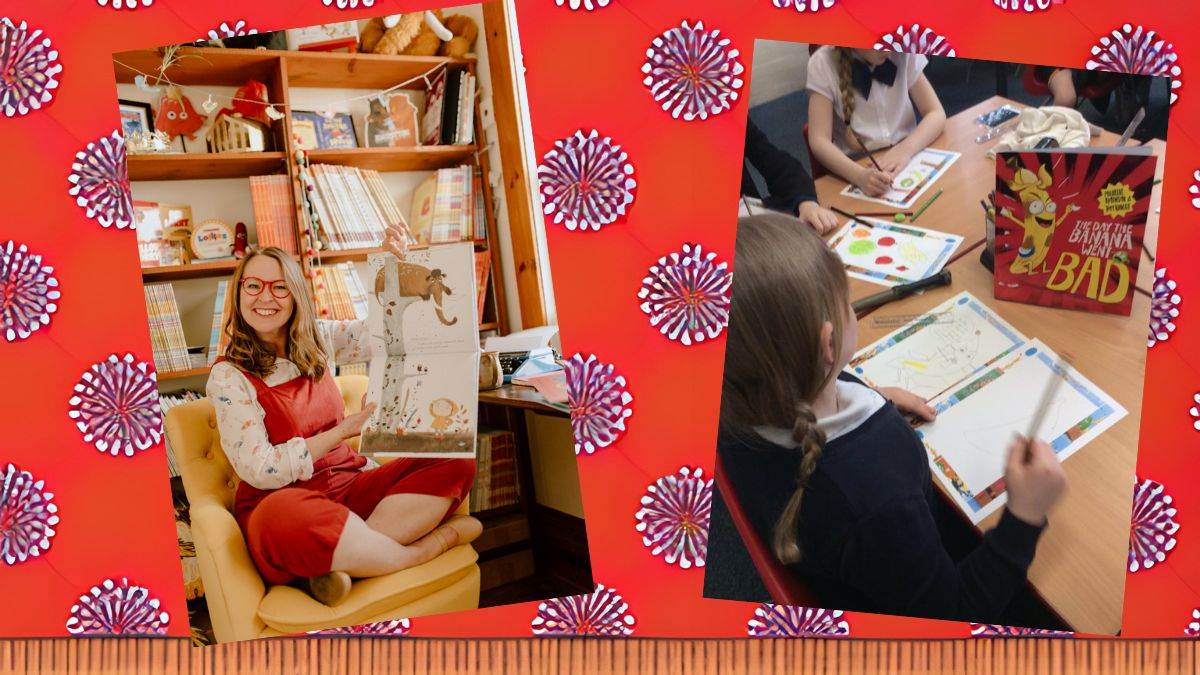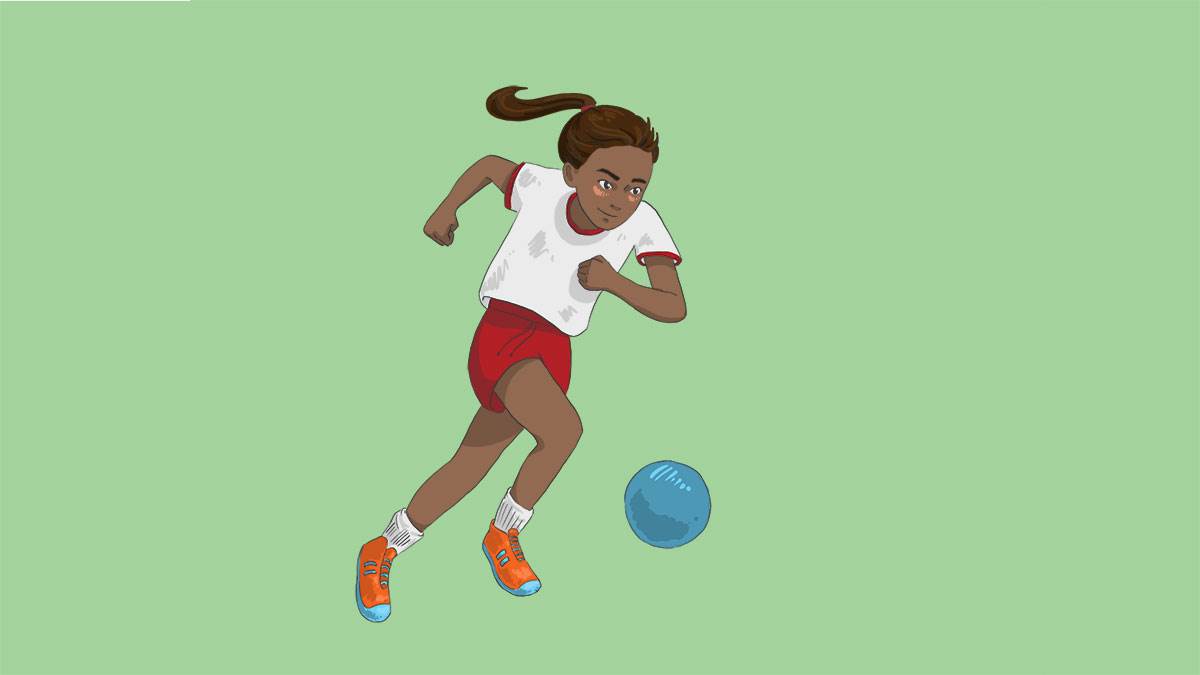10 tips to make reading fun
Published on: 18 September 2023
Our Writer in Residence Michelle Robinson knows how to engage young children in books and stories. Here, she shares ten terrific tips to make reading fun for all involved.

There’s no doubt about it: reading with young children has oodles of positive impacts that can benefit them for life. But my favourite perk is an instant one – reading with children is FUN. At least it ought to be. Finding the effort to share a book with joy and feeling can feel like a big ask, especially if reading aloud is something you’re not totally comfortable with. Here are ten tricks I keep up my sleeve to help make story time a pleasure for the young and not-so-young.
1. Let them pick the book

Young children have so many decisions made for them – what they eat, what they wear, when to go to bed – so it’s good to let them pick their own books. It’s empowering and helps them view reading in a positive light. Yes, it can be a little tiring when they pick one you don’t like, but it's no real hardship. Try to get through your least favourites in good humour... then secretly give yourself a pat on the back afterwards.
2. You’re in control
There is no rule saying you have to read every word on the page. There is no rule saying you can’t flip backwards and check out the pictures or go back over a section. There’s no law against putting a book down and saving a bit for later. Rewind! Fast forward! Hit pause! It’s all okay, especially when young inquisitive minds are asking questions.
3. Expect interruptions
If we feel anxious about reading aloud, it’s only natural to want to get it over with. But kids like to ask questions. Try to relax and be patient. If they have questions, it’s because you’re doing a great job – they’re interested, invested and having a good time. Stopping to acknowledge them won’t lengthen your ordeal by any more than a minute or two. In fact, it will help you relax. You’ll forget that you’re reading aloud because you’ll also be using your regular chatting voice. Take a breath and go with the flow.
4. Don’t worry if you get it wrong
Children won’t mind (and probably won’t even notice) if you slip up, trip up or miss out some of the words. Nothing bad happens when we get our tongue in a twist. It’s okay if we don’t know what a word means or how to pronounce it. In fact, it can be a lot of fun to discuss it and look a word up. It’s good for children to see that even grown-ups aren’t perfect, and that reading is a fun thing we all have to work at.
5. Read the pictures
Most books with pictures can be ‘read’ without actually reading the printed words. Point at the pictures and ask questions. ‘What is this character doing? Can you tell how they’re feeling from their face or body language? What do you think they’ll do on the next page? How do you think the story will end?’ You can do this with fact books as well as story books: ‘What bird is that in the picture? Do you know anything interesting about that kind of bird? Do you think that’s what the words say, too? Let’s read them and find out…’
6. Get active

Most young children don’t want to sit still for long. I often get them on their feet before story time and lead them through some fun on-the-spot exercises. I call it Getting The Wriggles Out. I make sure the actions we do relate to the book. If the story is about a dinosaur, for example, we might stomp our big feet, slash our claws or even pretend we’re hatching from a huge egg. If my audience is particularly lively, we carry on the actions during the story too. I let them know that I expect them to be attentive and involved, but I never force them to sit still.
7. Sing!
Another way to keep young children engaged is to really use your voice and encourage them to use theirs. Pair stories with well-known songs or nursery rhymes that suit the book’s theme. Even if you’re no Beyoncé, you can still have a lot of fun warming up your voice for storytelling, and letting everyone find the joy in rhythm, rhyme and repetition. Learning and singing songs is great for building literacy. Using our voices in this way helps us all find the confidence to read aloud.
8. Keep paper and pencils handy
Reading is the gateway to writing. Encourage drawing, doodling, scribbling and writing directly after you read. The quality or clarity of the results doesn’t matter. Every time a child makes a mark on paper they are working on pen control. If you’ve read a book about dogs, maybe they (and you!) can have a go at drawing a dog. Older children might like to imagine a sequel to the story. They can try writing it down or designing the front cover. Books are a great way of inspiring children to be imaginative and creative – qualities we all need as we navigate life.
9. Make reading habitual
Once children know what to expect from story time, they’ll start falling into habits that are helpful to you and them. It’s not always easy to make time to read at exactly the same time every day, but you can always stick to a few simple rules. For example, always share at least one book, turn off screens and don’t look at your phone during story time (it’s not for long!). Maybe sit in a favourite spot or have a snack ready for afterwards. I also find it’s always good to keep at least one book in my bag – albeit a battered old favourite.
10. Remember: You’re their hero

Children don’t want perfection; they simply want your time. You are putting aside everything else for a little while to share a book with them – to listen, wonder and find out, together. It’s a shared experience that can create a lasting bond, so revel in it. You’re a hero!
Topics: Writer in Residence, Features, Michelle Robinson





